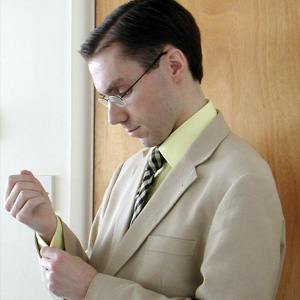 Pitcairn PAA-1 Autogiro
Pitcairn PAA-1 AutogiroWindmills In The Sky
Remembering the 1930s’ answer to the helicopter – the autogyro
The autogyro has always held a particular fascination for me ever since I first saw one at the Imperial War Museum Duxford as a young boy. Widely regarded as the ‘missing link’ between aeroplanes and helicopters, I find their unique appearance and flying characteristics absolutely fascinating. That they’ve appeared in three of my favourite films – It Happened One Night, The 39 Steps and The Rocketeer – merely helps to cement their appeal! December 2016 marks the 80th anniversary of the death of autogyro’s inventor, so what better time to rediscover this extraordinary machine.
The very first autogyro flew on the 17th January 1923 and was the brainchild of a Spanish civil engineer and aviation enthusiast – Juan de la Cierva (Count De La Cierva, in fact!). Born in 1895, Cierva caught the flying bug after seeing the Wright Brothers’ Flyer in Paris in 1908. In the following years de la Cierva, spurred on by this encounter, went on to achieve civil engineering and aeronautics degrees as well as a pilot’s licence. In 1912 at the age of only 17 he built his first aeroplane, based on a French design, which he christened the BCD-1 El Cangrejo (Crab). This was not only Cierva’s first aircraft; it was also the first ever aeroplane to be built in Spain. Over the next few years Cierva continued to increase his understanding of powered flight and refine his designs, first with the BCD-2 in 1913 and then the C-3 three-engined bomber, built for a Spanish Army competition in 1919. It was this aeroplane that would unwittingly inspire Cierva to explore rotary-winged flight, as during the contest the pilot of the C-3 flew too slowly, stalled the aeroplane and crashed it into the ground wrecking it completely!










